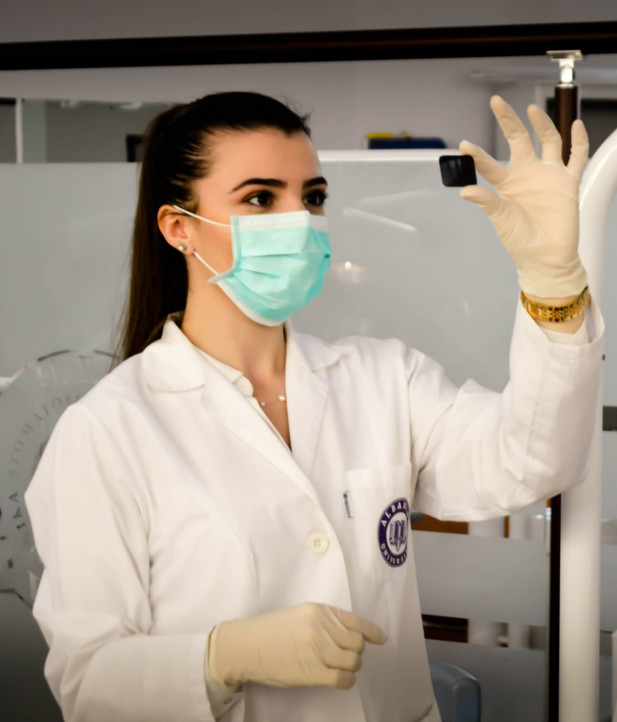COVID-19 treatment in different countries

Even though most countries opted for total isolation as the main strategy to fight the coronavirus and to flatten the curve, some countries with good healthcare systems have withstood the pandemic better than the others.
Below you will find some information about the situation in some of the countries deemed most safe according to the Deep Knowledge Group.
Germany
The German authorities took up the fight against the coronavirus by introducing restrictive measures throughout the country. They deployed an extensive testing system for COVID-2019. About two million tests have already been conducted. 85% of the patients (excluding the severe cases) are being treated at home, observing isolation and all medical prescriptions.
In addition, Germany has one of the best healthcare systems in the world, which is fully operational and prepared for the pandemic. The authorities have increased the number of resuscitation beds, prepared additional beds for patients, drawn up duty schedules for medical personnel and stocked up on personal protective equipment for physicians. Several thousands of lung ventilators have aslo been procured. In addition to that, German doctors have been treating many patients from the neighbouring EU countries, such as Italy.
Israel
Out of all the first world countries Israel has the least amount of the dead and the infected. Israeli authorities took the Coronavirus pandemic seriously from the very beginning, imposing severe restrictions. Several weeks before the other countries did it, it was already forbidden to leave homes unnecessarily; the violators face some heavy fines. Israel's success in combating the coronavirus is attributed to it having one of the strongest and most progressive healthcare systems in the world. The government continues to procure effective medications and equipment abroad for the treatment of severe and moderate coronavirus cases, as well as funding the Israeli scientists, who develop groundbreaking COVID-19 tests and medicines. In addition, emergency production of ventilators has been started at two large enterprises. In the near future, the Ministry of Defense plans to start testing the technology of diagnosing COVID-2019 via the patient's voice. For now the system is already being tested by the medical personnel and patients who participate in the study.
Australia
Australian authorities took the Coronavirus pandemic quite seriously and completely closed the borders off back in February. However, the government did not declare a total lockdown, introducing a number of restrictive measures instead, such as not going out when it’s not essential. Some shopping malls even stayed open as long as the customers agreed to keep the distance.
All over the country, hospitals, including private clinics, have been functioning on high alert and temporary hospitals have been deployed and equipped with everything necessary for intensive care. In the early days of the epidemic, the Australian authorities established emergency production of lung ventilators and personal protective equipment. 40 thousand retired doctors came back to work, in addition to creating 75 thousand jobs for nurses and 105 thousand for paramedics.

South Korea
The epidemic situation with the coronavirus in South Korea seemed quite grim at the beginning of the epidemic. At the beginning of March, the amount of infected patients has been growing at a terrifying rate, yet once the authorities reacted, the situation started to improve. South Korean authorities decided not to follow the Chinese way and refused to implement a total lockdown. At the same time, all educational institutions have been closed, all gatherings cancelled and many people started working remotely from home. All buildings were equipped with thermal imaging cameras to measure body temperature. But the main achievement was the mass testing of the population for coronavirus — about 10 thousand people are being tested per day. Anyone could take the test in a mobile laboratory. This measure reduced the burden on hospitals and reduced the risk of infection for doctors and patients. It also helped to identify asymptomatic patients and those during the early stages of the infection.
China
China's strategy to fight the coronavirus has been the most severe out of all countries. Chinese localised the epidemic and completely isolated Hubei Province and its capital Wuhan back in January. Air and railway communication with other countries and to other Chinese cities was cancelled, public transport was suspended, and all public institutions except for grocery stores and pharmacies were closed. A system of permits has been introduced in the city and leaving one’s appartment was only allowed once in two days. Body temperature was measured in all working establishments and upon people leaving their homes. Upon displaying the first COVID-19 symptoms patients were isolated and all their contacts were identified to prevent infection. In addition, daily disinfection was carried out in all cities. Two temporary hospitals were built in order to accommodate patients with COVID-2019. Various methods were used for treatment, including artificial oxygenation of the blood for those patients who had difficulty breathing. Such procedures were performed at the expense of the state and the authorities had spent more than $15 billion on that.